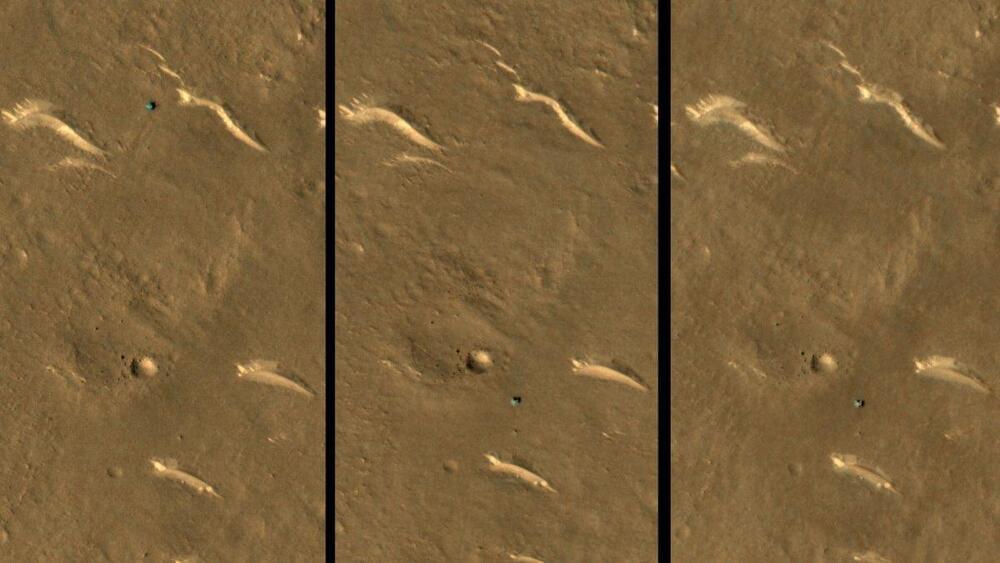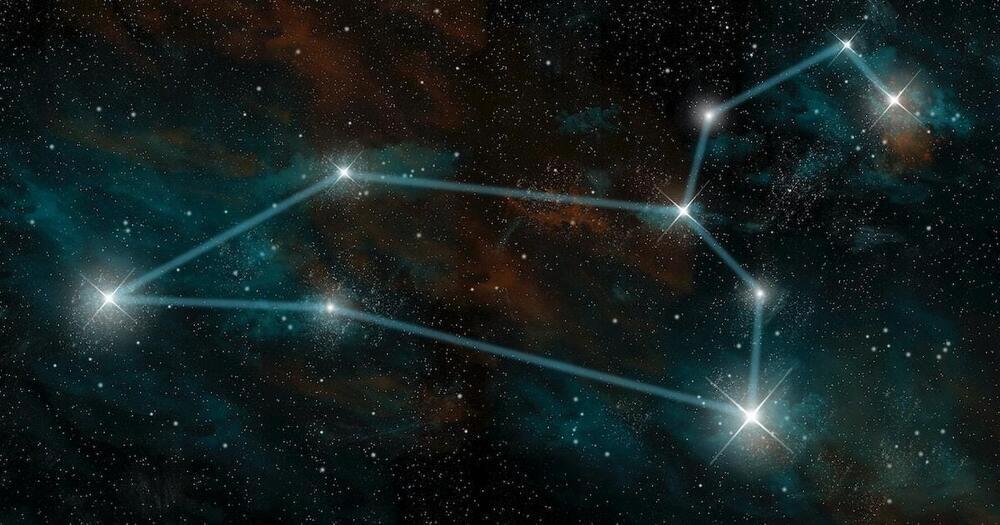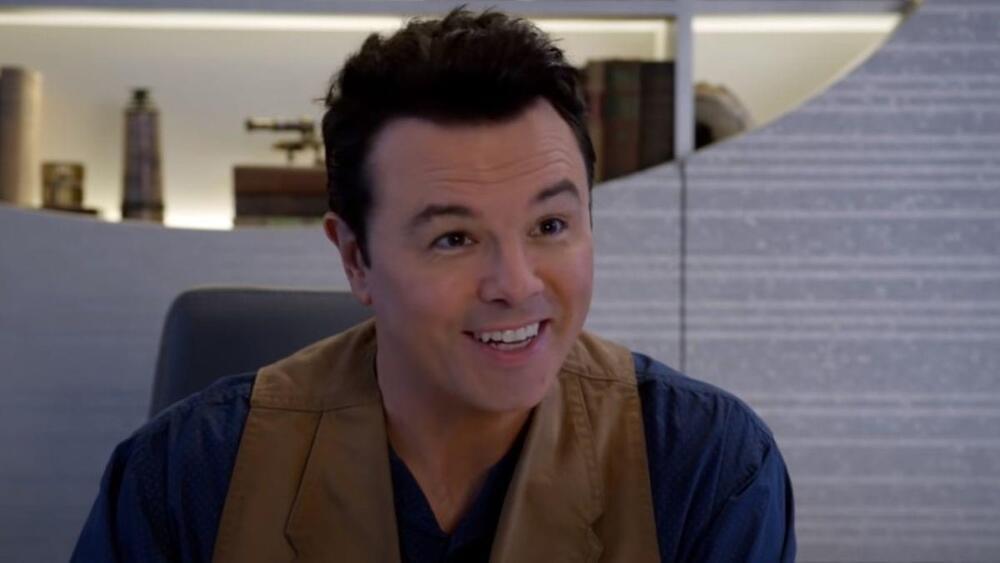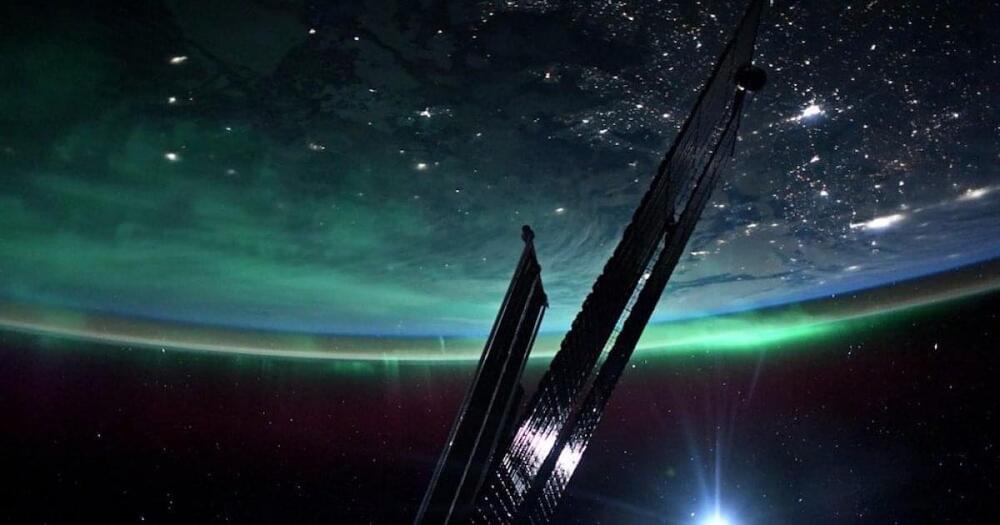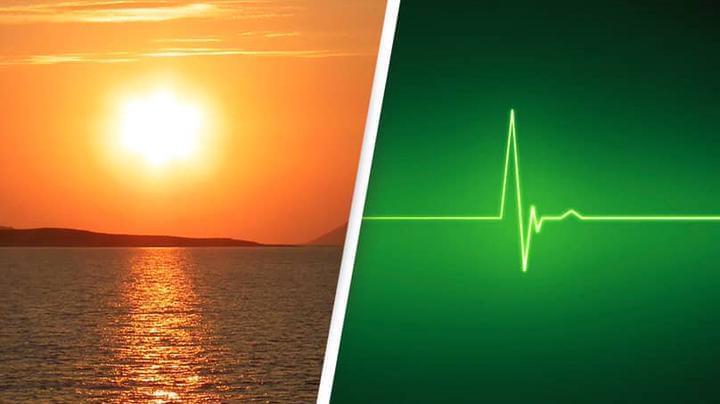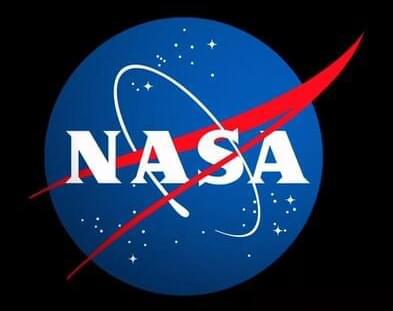Go to https://brilliant.org/URL to get a 30-day free trial + the first 200 people will get 20% off their annual subscription.
For humanity to explore space and distant worlds, we will need to construct enormous artificial habitats in space with diverse ecologies.
Visit our Website: http://www.isaacarthur.net.
Join Nebula: https://go.nebula.tv/isaacarthur.
Support us on Patreon: https://www.patreon.com/IsaacArthur.
Support us on Subscribestar: https://www.subscribestar.com/isaac-arthur.
Facebook Group: https://www.facebook.com/groups/1583992725237264/
Reddit: https://www.reddit.com/r/IsaacArthur/
Twitter: https://twitter.com/Isaac_A_Arthur on Twitter and RT our future content.
SFIA Discord Server: https://discord.gg/53GAShE
Listen or Download the audio of this episode from Soundcloud: Episode’s Audio-only version: https://soundcloud.com/isaac-arthur-148927746/space-habitats.
Episode’s Narration-only version: https://soundcloud.com/isaac-arthur-148927746/space-habitats-narration-only.
Credits:
Space Habitats.
Science & Futurism with Isaac Arthur.
Episode 384, March 2, 2023
Written, Produced & Narrated by Isaac Arthur.
Editors:
Briana Brownell.
David McFarlane.
Graphics by:
